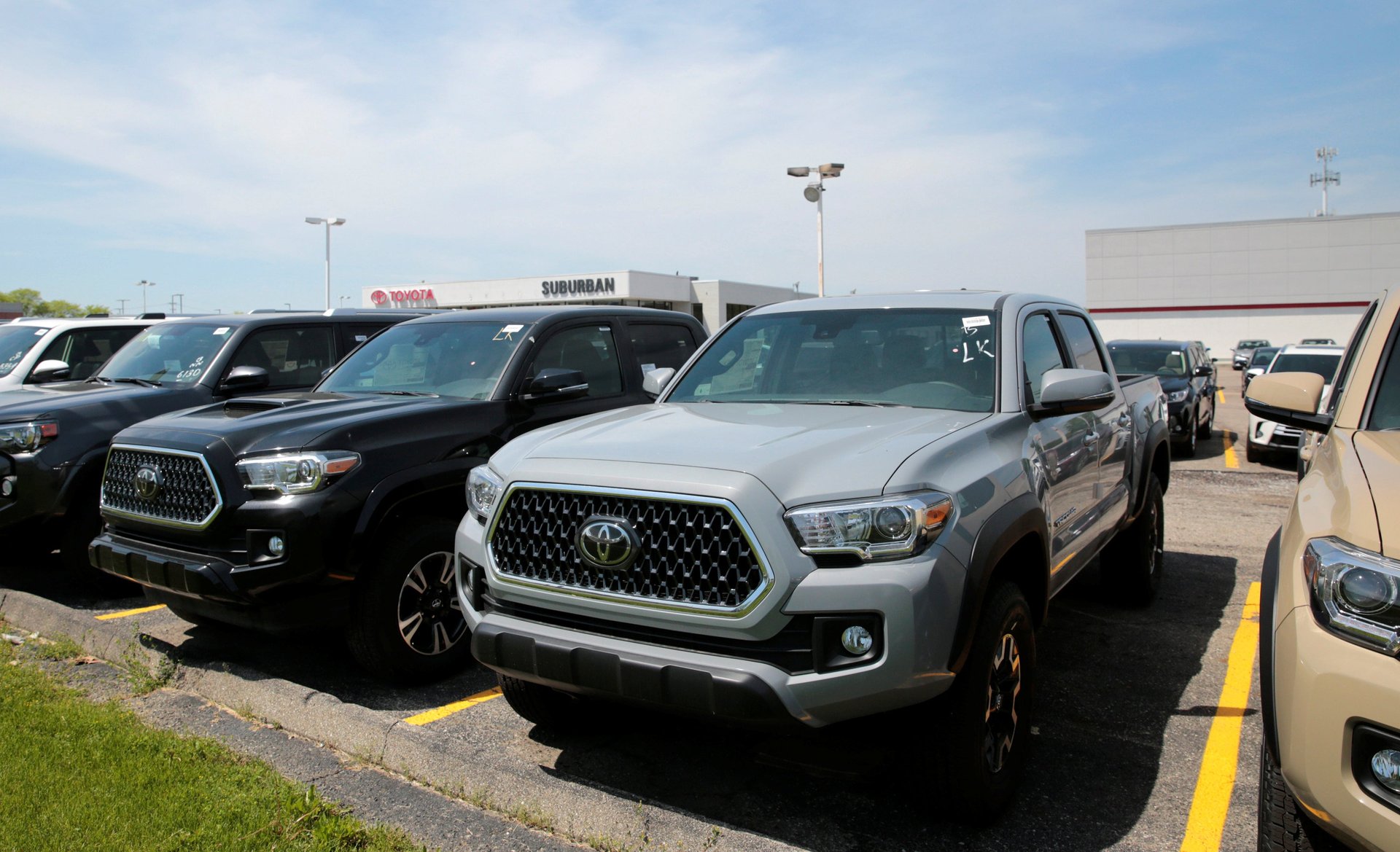This is the inflation the US was expecting
You might know the feeling: You’re vaccinated, and it’s time to go spend some money in person.


You might know the feeling: You’re vaccinated, and it’s time to go spend some money in person.
So does the US economy, which saw the purchases of services grow 1.1% as the purchase of durable goods fell .6%. This turn to normalcy after a year of consumer priorities skewed towards goods is a sign of recovery.
The talking point from the latest government report on consumer spending will be the increase in prices paid by Americans for what they’re buying—but that’s a sign of recovery that has been widely expected by analysts and encouraged by the US Federal Reserve.
What did we see? Prices increased 3.6% in April 2021, compared to the same time last year. First, it’s worth noting that this time last year, prices were cratering as the economy shut down. Looking back to the last “normal” month, February 2020, prices rose just 2.6%—still a lot for the US economy, which has endured years of tight money as the Federal Reserve consistently missed its inflation target. Excluding more volatile prices for food and energy, inflation was just 3.1%, or just 2.2% looking back to February 2020.
But this unusual increase in prices is due to the unusual situation of the economy recovering from the shock of the pandemic, which shut down businesses and disrupted supply lines in arbitrary ways. When people want to buy goods and services that haven’t been available, they are going to find that some of the businesses that provided them closed, others need to raise prices to recover, and that supply chains have been disrupted and need to be reconstituted. These factors will drive higher prices, but US policymakers hope only in the near term until regular service resumes.
We can see evidence of that in the major sources of the price increases. US investment analyst George Pearkes notes that nearly two-thirds of the growth in core inflation came from five goods: Computer hardware, used trucks, car rental, air transport, and non-profit health care. What are some of the biggest economic stories right now? The shortage of silicon chips, which slowed auto production and contributed to rising costs of used vehicles, as did the return of car rental companies seeking to rebuild their fleets, while air travel slowly re-opens, and clinics return to normal service as coronavirus fears subside.
And, Pearkes notes, these categories driving a higher price index represent just 3.17% of total US spending.
At its most recent meeting on April 28, the Federal Reserve’s open market committee re-confirmed the new framework it introduced for inflation expectations in July 2020, noting that “the Committee will aim to achieve inflation moderately above 2 percent for some time so that inflation averages 2 percent over time.” This kind of inflation is not taking the Fed by surprise: It is the intentional result of its policy stance.
There are those who worry that the Fed will not be able to rein in inflation if needed. But look back at 2015 in the chart above, when the Fed began moderate tightening after the measures it took to fight the Great Financial Crisis, and you’ll see that prices were fairly responsive back then. In the months ahead, as stimulus checks and unemployment insurance play an increasingly smaller role in the economy, the Fed and investors alike will be watching carefully to see if prices plateau or start increasing at more typical rates.